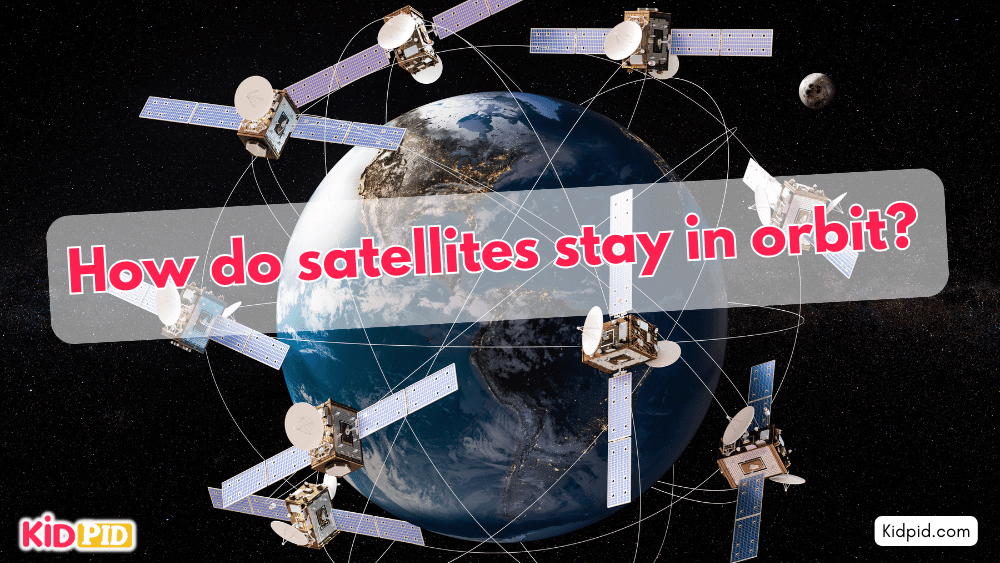The law of universal gravitation, formulated by Isaac Newton, states that every mass attracts every other mass in the universe with a force that is proportional to the product of their masses and inversely proportional to the square of the distance between their centers. This principle is fundamental in keeping satellites in orbit around Earth.
Contents
MCQs
1. What is needed for a satellite to stay in a stable orbit?
A) Constant speed
B) Constant acceleration
C) A balance between gravitational pull and its inertia
D) Continuous propulsion
Answer: C) A balance between gravitational pull and its inertia
Explanation: A satellite stays in orbit due to the balance between the gravitational pull of the Earth and its inertia or forward momentum.
2. Which type of orbit allows a satellite to stay over the same point on the Earth’s surface?
A) Polar orbit
B) Geostationary orbit
C) Low Earth orbit
D) Medium Earth orbit
Answer: B) Geostationary orbit
Explanation: A geostationary orbit allows a satellite to match the Earth’s rotation, effectively staying over the same spot on the equator.
3. How do changes in altitude affect a satellite’s orbital speed?
A) Higher altitude increases speed
B) Higher altitude decreases speed
C) Altitude does not affect speed
D) Speed increases then decreases with altitude
Answer: B) Higher altitude decreases speed
Explanation: The farther a satellite is from Earth, the weaker the gravitational pull, and thus, it moves slower to maintain its orbit.
4. What is the primary reason satellites eventually fall out of orbit?
A) Running out of fuel
B) Solar wind
C) Atmospheric drag
D) Collisions with space debris
Answer: C) Atmospheric drag
Explanation: Although very thin at high altitudes, the Earth’s atmosphere creates drag on satellites, gradually slowing them down and leading to a decrease in altitude.
Read More
